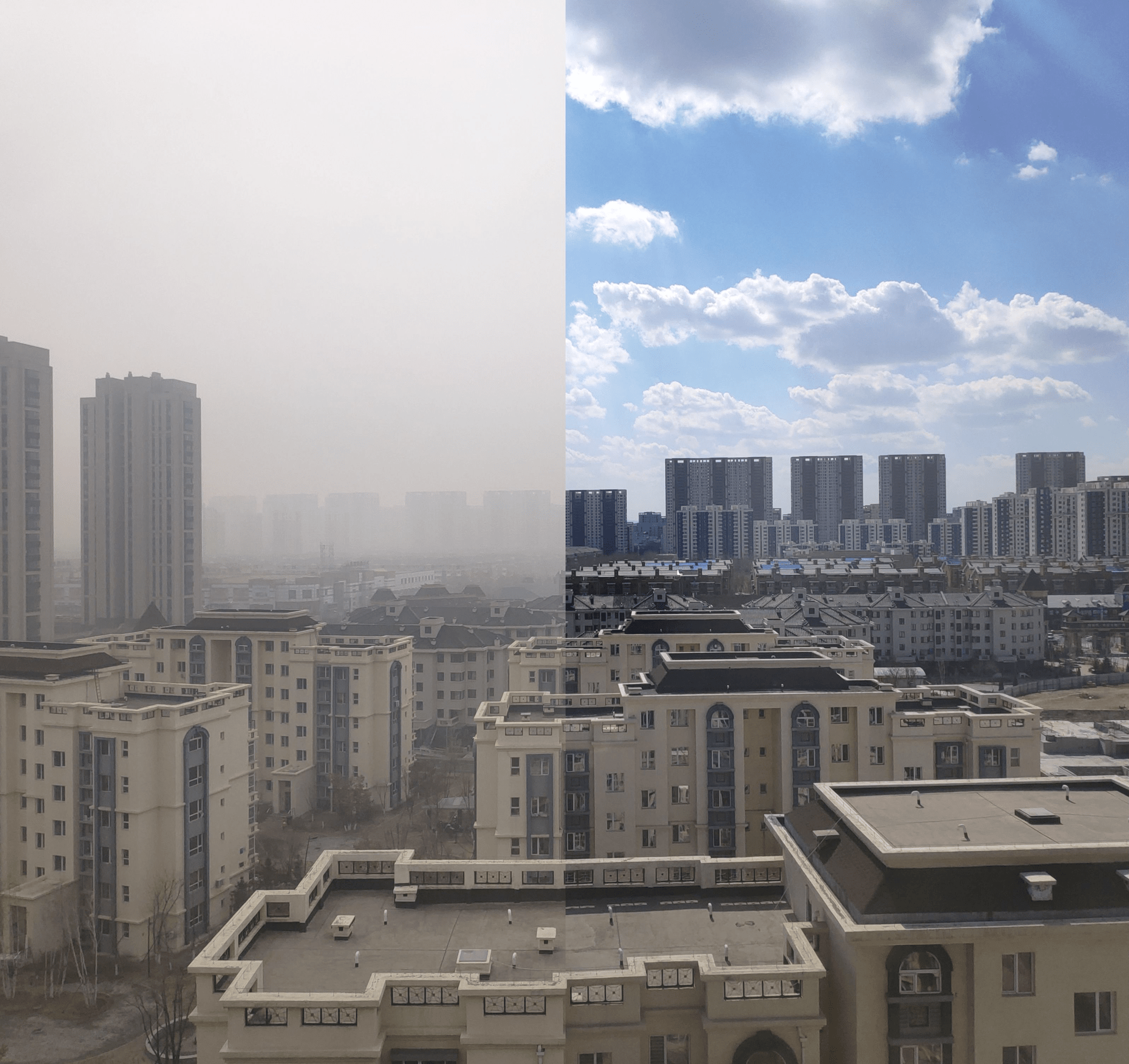We may soon be able to add COVID-19 to the list of all the ways that car culture kills vulnerable Americans.
Reports are beginning to emerge about the outsized impact that the novel coronavirus is having on low-income people in the U.S., a group that is disproportionately made up of people of color. Many media outlets point out the raft of structural inequalities that are responsible for the disparity, but there's one in particular that's not getting enough attention: the fact that the same people who are most likely to contract COVID-19 are also more likely to live in highly polluted, car-centered neighborhoods.
Here are the three underlying conditions that researchers say make Americans most vulnerable to the novel coronavirus — and how car pollution makes them worse, especially among vulnerable groups.
Lung Disease
It's no surprise that pre-existing respiratory illnesses can make recovering from the respiratory virus COVID-19 far more difficult. But alarmingly few Americans understand the extent to which car pollution is responsible for lung diseases that plague disenfranchised communities, even when we're not in the midst of a viral pandemic.
Studies of Medicaid recipients have found that black, Asian, Hispanic, and low-income people of all races who live in majority black communities are more likely to have their deaths linked to particle pollution than their white and wealthy counterparts, according to the American Lung Association. And the reason why has everything to do structural racism embroiled into our national housing policies, which too often functionally forces vulnerable communities into living in highly polluted neighborhoods.
The group also found that people of color of all income levels (as well as low-income people of all races) are more likely to live in areas with high levels of transportation emissions, regardless of whether they find themselves in rural areas off of major highways or urban neighborhoods beset by constant car traffic.
Living in a neighborhood where people have no choice but to breathe dirtier-than-average air takes an average of four months off the human lifespan, and increases the risk of developing asthma, chronic obstructive pulmonary disease, and inflammatory respiratory diseases of all kinds. And these conditions in combination with COVID-19 are particularly deadly: 78 percent of coronavirus patients who were admitted to the ICU had been diagnosed with either lung disease, heart disease, or diabetes prior to falling ill, with a tilt towards pre-existing respiratory illnesses. (More info on the other two in that unholy trinity is below.)
Heart disease
Of course, the respiratory and cardiovascular systems are deeply interdependent – so it shouldn't surprise us that inhaling car pollution is brutal on the human heart.
When oxygen fails to reach the cardiovascular system, respiratory conditions that have been worsened by car pollution can domino into an array of heart diseases and deadly cardiac events. People with increased exposure to particle pollution are more likely to experience congestive heart failure, heart attacks, and heart disease of all kinds, in large part due to respiratory co-diagnoses.
But if they live near lots of car traffic, even those without respiratory illness experience cardiovascular conditions at increased rates. The EPA found a link between plaque build up in the coronary artery and increased exposure to particle pollution, regardless of their other underlying health conditions.
Researchers are beginning to speculate that the COVID-19 virus may be attacking the heart muscle directly, rather than affecting the heart as a result of respiratory shutdown. That's bad news for anyone who's ticker has already been weakened by living too close to a turnpike.
Diabetes
It's no secret that low levels of physical activity is a strong predictor of Type 2 diabetes, and that a car-dependent lifestyle is a strong predictor of low activity levels. Ditto living in a food deserts, which also increases your chance of developing the deadly metabolic condition — and the term "food desert" of course, is just shorthand for "neighborhood where you usually have to get in a car if you want to eat a fresh vegetable."
But those aren't the only reasons why populations who are exposed to more pollution also experience higher levels of diabetes — because car pollution itself may cause the chronic disease.
A particle emission known as PM2.5 has been found to cause inflammation in the body that increases insulin resistance, to such a degree that the pancreas can't create enough back-up insulin to compensate — perfectly setting the stage for the development of diabetes. The most common source of PM2.5 particles in America, of course, is the passenger automobile and the freight truck — and recent Trump administration fuel efficiency rollbacks will release even more of them into the air, even though public health experts think our current thresholds are already too high.
Researchers suspect that COVID-19 is so devastating to diabetes patients because high blood sugar levels can impact the body's ability to fight off infections that are common among coronavirus patients. Breathing smog certainly doesn't help, either.
Pollution is the key
We could keep exploring the three-part Venn diagram of "diseases caused or exacerbated by car pollution," "diseases that make you more likely to contract or die from COVID-19," and "diseases that disproportionately effect the most vulnerable among us." But honestly, it would probably look something like a circle.
And that's not even to mention all the other ways that car culture puts us at disadvantage against the virus, such as a sprawling healthcare system that's nearly impossible to access without a vehicle or the social isolation endemic to car-dependent communities that makes it more challenging to survive through long periods of quarantine.
If we want to do everything we can to save COVID-19 patients' lives, we need to think even bigger than the historic drop-off in car travel we're witnessing now. We need to reduce pollution in our places by bringing sustainable transportation to the fore — especially in our most vulnerable neighborhoods






